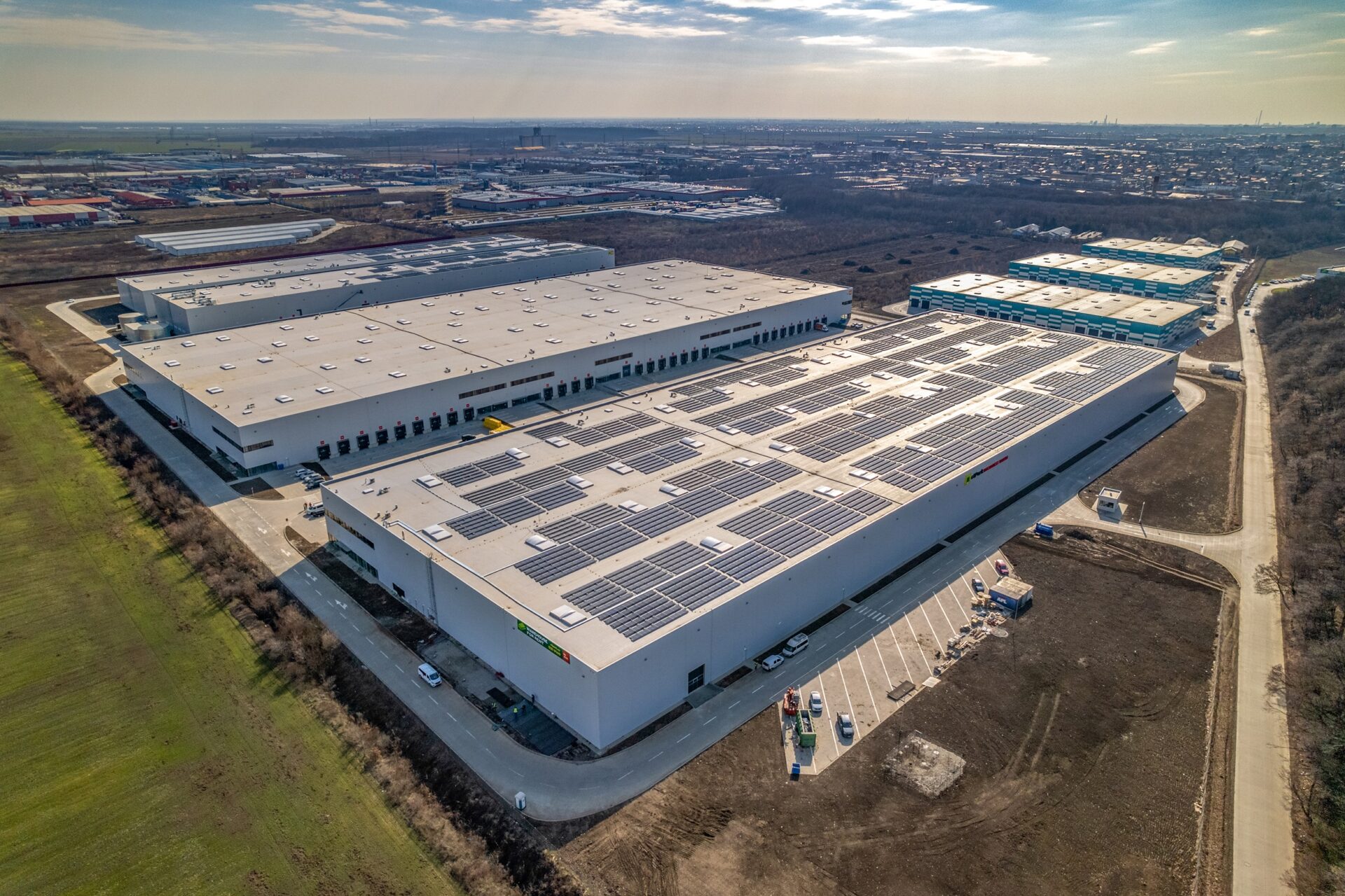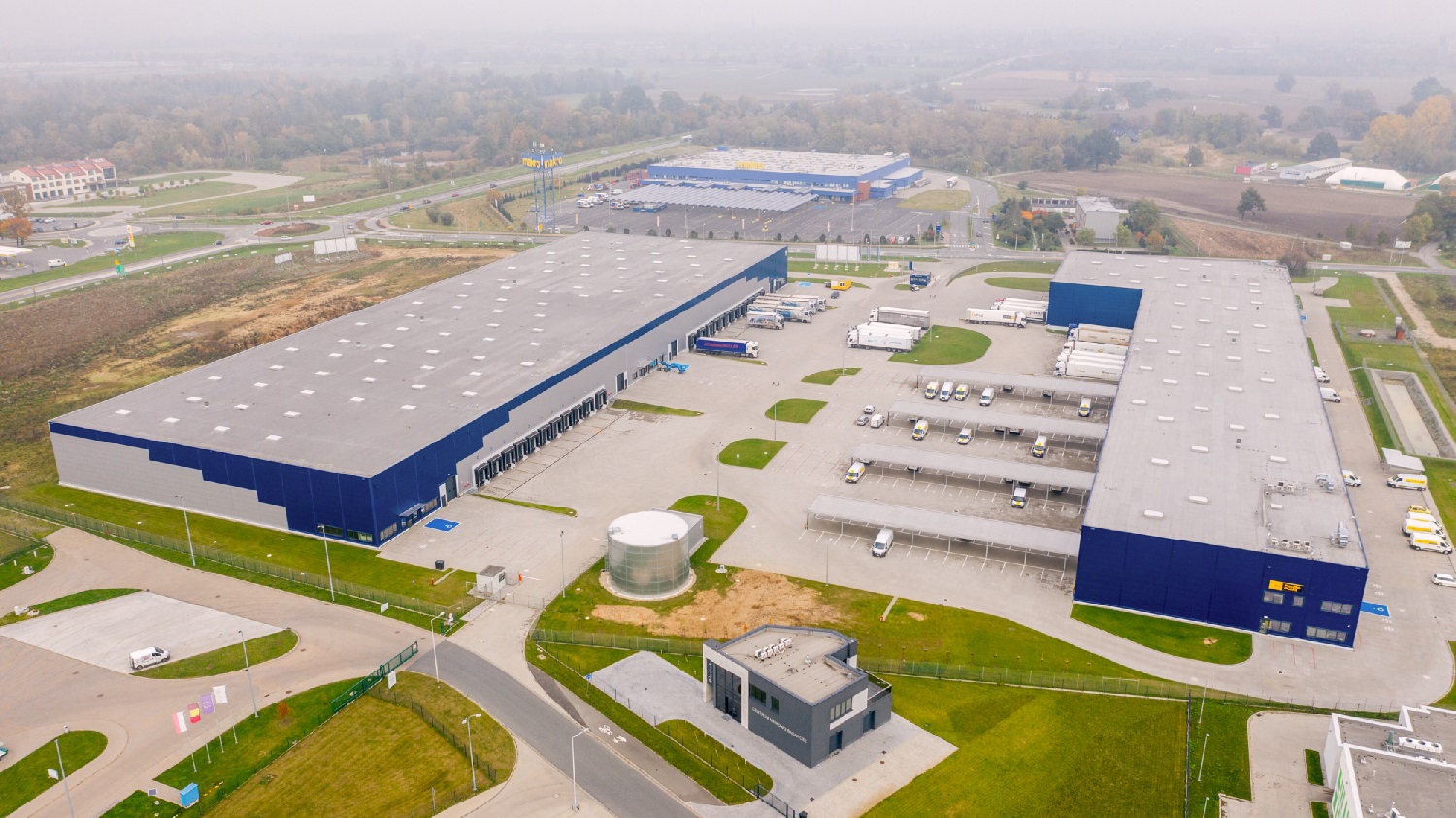At the end of H1 2018, there was more than 2.13 million sqm of warehouse and industrial space under construction across Poland with Central Poland accounting for more than one-fourth of the development pipeline, says “Occupier Insight: Industrial and Warehouse Market in H1 2018”, a report prepared by global real estate advisory firm Cresa. Despite the healthy supply, the vacancy rate will remain below 5 percent this year and is likely to edge down to approximately 4 percent next year on account of a base effect and the expected robust occupier demand.
“The outlook for the Polish warehouse and industrial market is very positive for up until 2020. The market’s growth will be underpinned by foreign direct investments, establishment of the Polish Investment Zone, further improvements to Poland’s road network and expansion of trade with China as part of the Silk Road Economic Belt initiative. Talent recruitment and rising labour costs will remain key challenges though,” said Bolesław Kołodziejczyk, PhD, Head of Research & Advisory, Cresa Poland.
Poland’s total warehouse and industrial stock amounts to nearly 14.5 million sqm. Regions that saw the majority of new space opened in H1 2018 include Central Poland (259,200 sqm), Upper Silesia (132,100 sqm) and Warsaw (118,200 sqm). Warehouse supply across Poland was up by nearly 5 percent compared to H1 2017.
In H1 2018, warehouse and industrial take-up hit 2.14 million sqm, which represented a 10 percent increase on the same period last year. Central Poland once again saw the strongest occupier activity with nearly half a million sqm transacted and was followed by Warsaw (326,300 sqm) and Wrocław (320,500 sqm).
The largest transactions in H1 2018 included three BTS (built-to-suit) projects: Leroy Merlin’s 124,000 sqm lease in Piątek (Central Poland), Zalando’s 121,000 sqm lease in Olsztynek (Eastern Poland) and Amazon’s 60,600 sqm in Bolesławiec (Wrocław region).
Given the transaction volumes in 2013-2017, the strongest average annual occupier activity was recorded in Warsaw (802,800 sqm), Upper Silesia (538,000 sqm) and Central Poland (478,200 sqm). Compared to the average regional volumes, in H1 2018 the highest increases in leasing transactions were in Eastern Poland (243 percent), Tricity (approximately 100 percent) and Central Poland (approximately 100 percent).
The vacancy rate fell to a record low of 4.6 percent, down by 1.6 p.p. on the previous year and down by 0.3 p.p. on the previous quarter. Regions with no vacant space include Lubuskie and Bydgoszcz-Toruń. Low vacancy rates are also in Eastern Poland (1.4 percent) and Tricity (0.1 percent, down by 2.4 p.p.).







